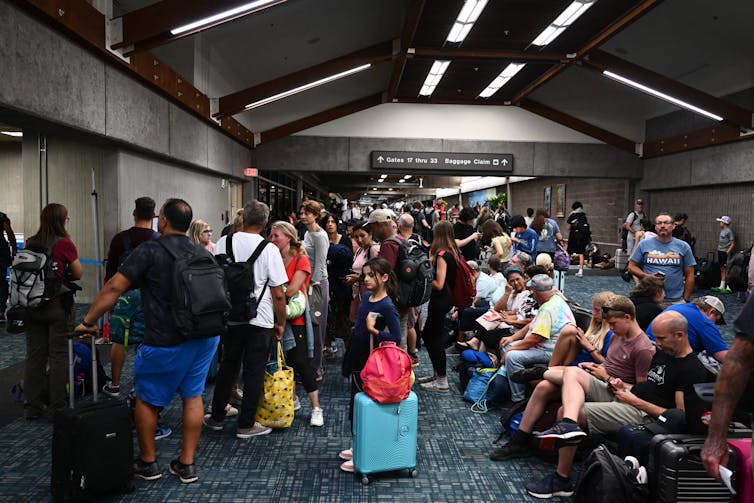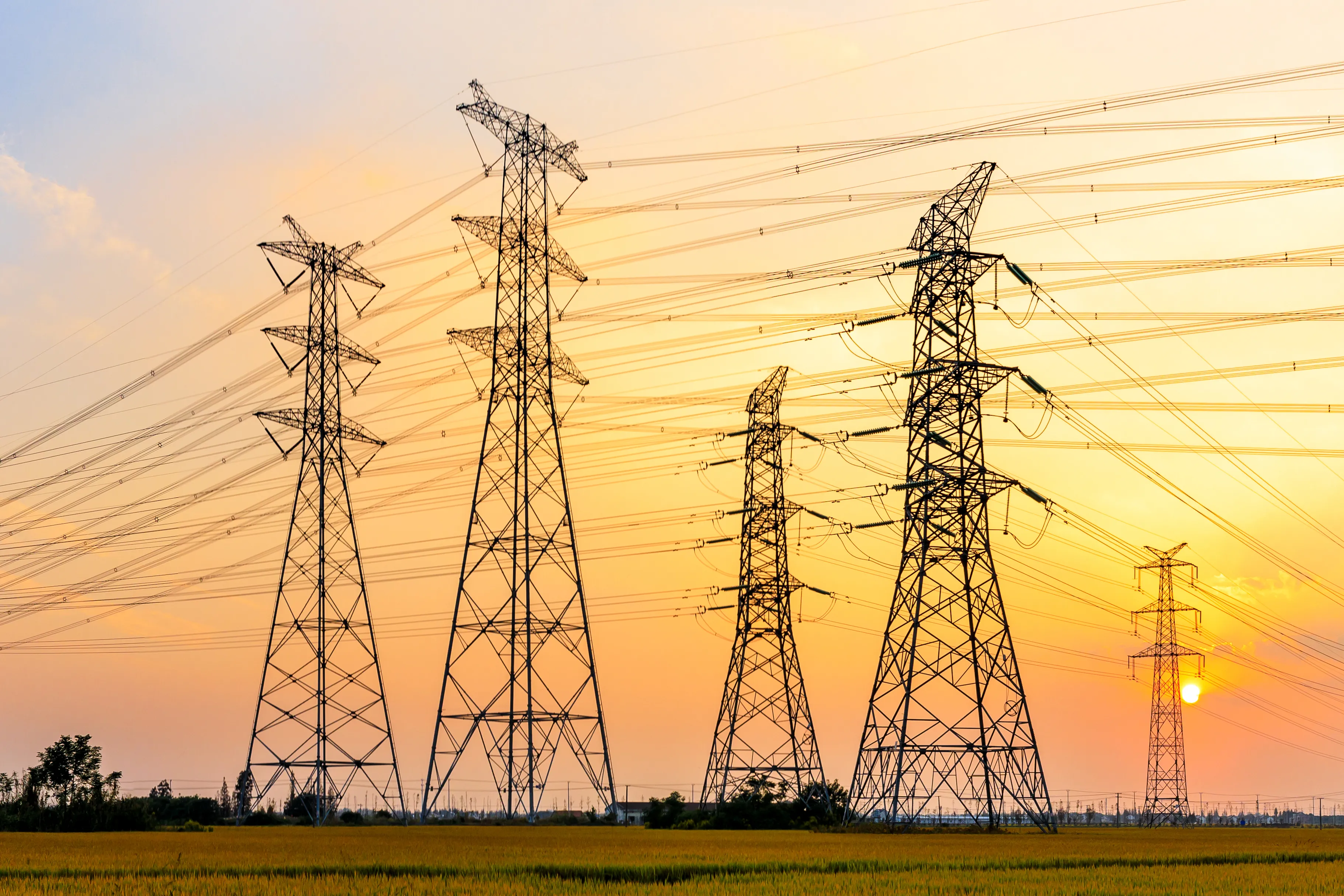
Wildfires are a severe blow to Maui’s tourism-based economy, but other iconic destinations have come back from similar disasters

Rich Harrill, University of South Carolina
Major wildfires on the Hawaiian island of Maui have killed dozens of people and caused heavy damage, particularly in the historic town of Lahaina, as of Aug. 10, 2023. The state has asked all visitors to leave Maui and those planning to travel there to reschedule their trips – a harsh blow to a destination whose economy relies heavily on tourism. University of South Carolina research professor Rich Harrill, an expert on hospitality and tourism, explains how such events affect places like Maui in the short and long terms.
How tourism-dependent is Hawaii compared to other popular destinations?
Compared to other destinations, Hawaii is very reliant on tourism – it comprises about 25% of the state’s economy. According to the Hawaii Department of Business, Economic Development & Tourism, visitor spending was projected to be US$20.8 billion in 2023 and $23.4 billion in 2026.
Tourism plays an even greater role on Maui. Maui County has the state’s highest reliance on tourism, with 51% of its jobs falling into sectors directly associated with tourism. That means household incomes and purchasing power there are strongly influenced by the tourism economy.
What are the main steps that tourist-related businesses on Maui will have to take in the coming days and weeks?
The first step any business owner should take is to ensure that their business opens in line with all state protocols and laws related to the safety, health and welfare of residents and visitors.
In the short term, the top priorities are helping visitors get flights home, handling cancellations and assessing damage to facilities and property. Then, in the weeks that follow, businesses will clean up and make repairs. They will have various aid sources, including the county, state and federal governments, nonprofits and private insurers.

As we saw during the COVID-19 shutdowns, downtime can give business owners an opportunity to reflect on their product or service and how they market it. Some business owners decided to close up shop and retire. Others redoubled their efforts to accommodate the post-pandemic rebound in visitor demand.
Maui is asking visitors to leave and to delay planned trips – will a lot of tourism-related jobs be lost?
Individual businesses and corporations may offer some types of worker protection. But historically, many jobs in the tourist sector get cut in the short term when a crisis shuts down business. Then, as conditions improve, companies gradually hire employees back.
How do local governments decide when to start inviting visitors back?
This is a process that’s led by groups known in the travel industry as destination marketing and management organizations. They often have names like tourist boards, or convention and visitors bureaus, and they help promote and market local attractions.
Working with their local destination marketing organization, local governments should make decisions carefully about inviting visitors back. First and foremost, they need to consider the health, safety and welfare of everyone who’s involved – residents, visitors and hospitality providers. All of those groups should be involved in the decision, and it needs to be communicated through carefully crafted marketing messages to reach globally diverse audiences.
Once the needs of the community and its residents have been met, a new marketing campaign takes place that typically presents a revitalized destination that is open and ready for visitors. This message may emphasize new and improved aspects of the destination, or simply show that its beloved and iconic qualities are still there to enjoy. That includes making sure that transportation is available to reach the destination and that there’s quality lodging and dining readily available for all price points.
In your experience, does interest in top destinations like Hawaii usually bounce back to pre-disaster levels?
Globally, tourism revenues are projected to grow by almost 5% yearly through 2027. Unlike other forms of economic development, travel and tourism have shown resilience through many different types of crises.
Even destinations that have been massively damaged can regain their markets, although rebuilding may be a multi-year process. New Orleans was a major destination within a decade after it was flooded by Hurricane Katrina. The same was true for the Hawaiian island of Kauai after Hurricane Iniki ravaged it in 1992.
Tourism is a experience that is unique to the human condition. It sustains our hopes and dreams, and offers relaxation and tranquility, or excitement and adventure, through good times and bad.![]()
Rich Harrill, Research Professor of Hospitality and Tourism and Director, International Tourism Research Institute, University of South Carolina
This article is republished from The Conversation under a Creative Commons license. Read the original article.
















